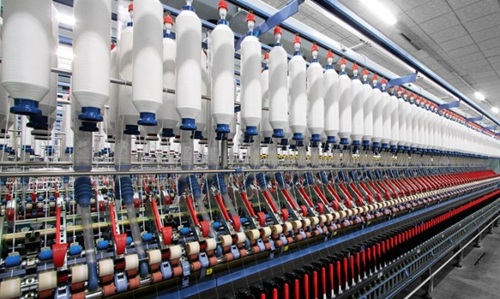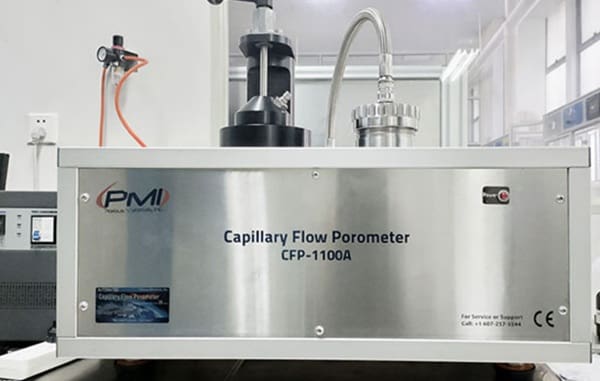India, renowned as the world’s largest producer and consumer of cotton, stands at a pivotal juncture in 2025. The cotton industry, encompassing cultivation, spinning, and textile manufacturing, is poised for a significant recovery following a period of challenges. This resurgence is driven by favorable government initiatives, improved domestic demand, and a stabilization in global markets.

Production Landscape
India’s cotton production for the 2024–25 season is estimated at approximately 302.25 lakh bales (170 kg each). The Cotton Corporation of India (CCI) has procured about 100 lakh bales under the Minimum Support Price (MSP) scheme, accounting for 34% of the total estimated production. Despite a 7.8% year-on-year decline in production estimates by the Cotton Association of India, the Indian Council of Agricultural Research (ICAR) projects a higher yield of 32 million bales, indicating regional variations and potential for recovery.
Spinning Industry Revival
The cotton spinning sector, a crucial component of India’s textile industry, is anticipated to grow by 6–8% in FY2025, as per ICRA’s projections. This growth is attributed to a 4–6% increase in volume and modest gains in yarn realizations. Factors contributing to this revival include improved domestic demand from downstream segments like ready-made garments and home textiles, as well as a stabilization in cotton yarn prices.
Export Dynamics
India’s cotton exports are projected to reach 18 lakh bales in the 2024–25 crop year. While this marks a decline from previous years, the rebound in global demand, particularly from countries like China, is expected to bolster the sector. The government’s long-term target of achieving US$ 100 billion in textile exports by 2025–26 underscores the strategic importance of the cotton industry in India’s economic agenda.
Government Initiatives
In the Union Budget 2025–26, the government launched a five-year Cotton Mission with an allocation of INR 600 crore aimed at revitalizing India’s cotton sector. This initiative focuses on enhancing productivity, adopting innovative farming practices, and improving the quality of cotton output. Such measures are expected to address challenges like fluctuating yields and quality inconsistencies, thereby strengthening the industry’s foundation.
Challenges and Strategic Focus
Despite the optimistic outlook, the cotton industry faces several challenges:
- Climate Variability: Unpredictable weather patterns can affect crop yields and quality.
- Infrastructure Gaps: Inadequate storage and processing facilities can lead to post-harvest losses.
- Market Access: Limited access to international markets can constrain export potential.
To mitigate these challenges, the industry is focusing on:
- Sustainable Practices: Promoting water-efficient irrigation and organic farming techniques.
- Technological Integration: Adopting precision agriculture tools and digital platforms for better yield prediction and market linkage.
- Policy Support: Advocating for favorable trade policies and improved infrastructure investments.
Conclusion
The cotton industry in India is on the cusp of a transformative phase in 2025. With supportive government policies, a rebound in domestic and global demand, and strategic focus on sustainability and technology, the sector is poised for robust growth. However, sustained efforts to address existing challenges will be crucial to realizing its full potential and achieving the ambitious export targets set for the coming years.

